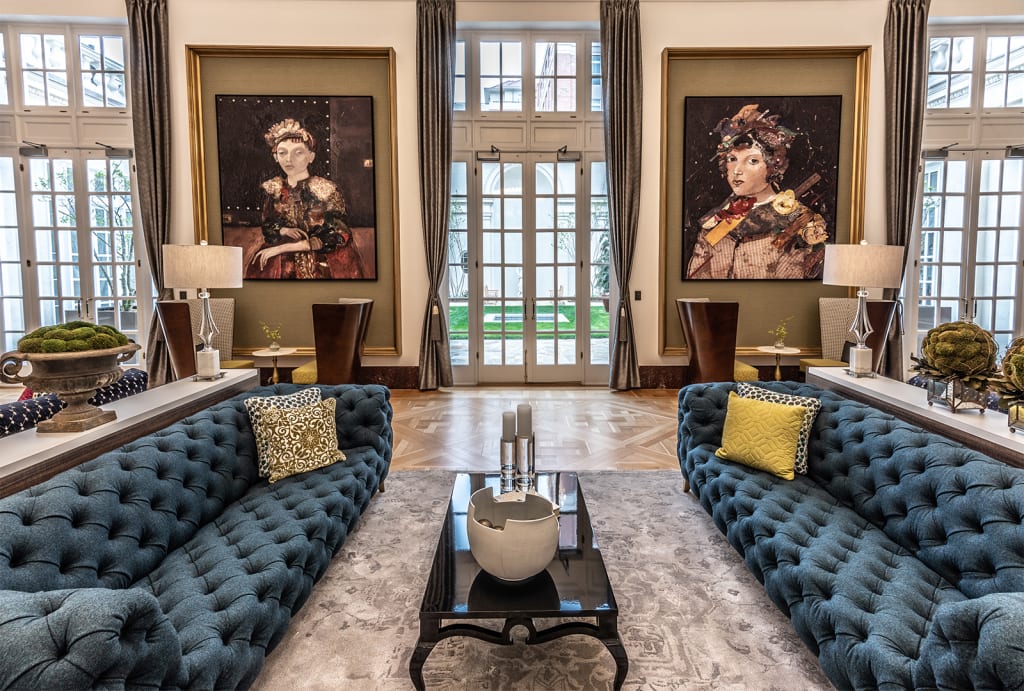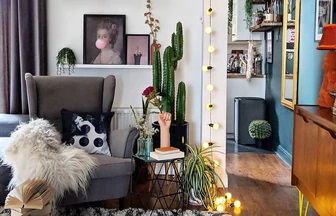Here’s What To Know Before Renovating The Interior Of Your Home
Posted by Mineheart on 10th May 2021

Interior decorating is one of the most rewarding ways to give your home a new lease of life and create a space you can feel satisfied with every day.
It is also usually cheaper than major exterior renovations, making it an attractive option if you’re looking to add value and prestige to your home without spending enormous amounts of money.
However, like any serious design and construction project, there are a number of myths to debunk and obstacles to be made aware of before you embark on it.
Here’s what you need to know before you renovate the interior of your home:
Start with the basics you can’t live without
There is an overwhelming amount of interior design options you can consider, which makes it tricky to decide where to start.
The internet is flooded with images of perfect interior spaces, all with intriguing ideas and design cues you can incorporate. This is a fantastic resource and should be used to help you develop ideas, but don’t let it paralyse your decision-making faculty. These photos are only guides.
Furthermore, before you start your project (and invest considerable amounts of time and money on it), it is crucial that the basics are dealt with first. If the overall structure of the property needs work, focus your energies on this first.
For instance, while the state of your roof is likely not at the top of your mind when you’re preparing to renovate your living room, you should have a roofing company like Signature Roofing inspect it and make any changes before you start spending money on interior changes.
Once this is done, you can focus your attention on what interior space you want to renovate first and the realistic budget you will have to complete the project.
Shape the overall layout of the space before you start decorating
By now, your paintbrushes are out, and you’re ready to get started. Before you get engrossed in the details, however, pay attention to the bigger picture.

Decide on the overall layout of the room and how large you want it to be. You may find on closer inspection that the furniture you had your heart set on doesn’t fit or that the layout is simply not practical in its current configuration.
Take this opportunity to make the changes you need to - whether that means knocking through walls, changing project floor plans, or deciding against furniture that doesn’t fit.
Work out the function of the space, to form your design
To help with this initial planning process, it is best to decide exactly what you want the room to be. If you want to use the kitchen for hosting friends, then include this in your plans from the get-go, rather than leaving it as an afterthought.
Many rooms have multiple functions, which forces you to create innovative storage solutions and a multi-purpose layout. While it piles pressure on initially, it will actually greatly help your planning process and likely result in a better room design.
Choose colours carefully
Colours are powerful. Choose the right colours, and your room will appear spacious, be impactful and set the tone for the rest of the space. Get it wrong, and you can turn a large room into a small one, ruin any attractive furniture or paintings in its vicinity and make your guests feel queasy.
Yes, colours have a transformative effect. They can even change your mood, which is why it is critical to select the right shade for the room.
While personal taste is the overriding factor in your choice, you should still take conventional colour rules into consideration. For instance, lighter shades make smaller rooms look larger, with darker shades making larger rooms appear smaller.
You should also remember that whichever colour you choose will have to match with the furniture and decor you add later. Picking an unusual shade can look bold, but it can also severely limit your decor options later on.
When in doubt, go without
A useful rule in interior decorating (in all design, in fact) is that less is often more. Although ostentatious rooms have their place, if you are struggling to fill your space, don’t worry. It is far easier to ruin interior decoration by overdoing your decor and furniture, whereas a minimalist approach can often improve a room.
You must also consider whether your decorating will quickly age or not. If you’ve decided upon an approach you suspect you will be bored with in another year or are jumping on a particular design bandwagon for the sake of looking fashionable, you may find your interior design to date and need overhauling again in the near future.
Make use of innovative lighting solutions
One of the best ways to transform a room is to experiment with the lighting, whether to increase it or decrease it for effect. If you want to do the former, consider fitting a number of mirrors that create the effect of more light and a larger space.
If, instead, you want to create shadows and highlight certain stand-out walls or features, then using uplighters can create a dramatic aesthetic for little cost.
Your choice of flooring will greatly impact the overall aesthetic
Another important consideration to make is with flooring, as it can completely alter the aesthetic of a room without being immediately obvious why. Flooring materials are not as bold as wall paint, but they can make all the difference to interior decoration.
Naturally, the type of colour, design, and material you choose for your flooring entirely depends on your tastes and property, but it is important to match it (or contrast it) with the wall colour and furniture.
Focus on stand out features
If you are about to renovate a room, it is worth paying attention to existing quirks or features within the space. For example, if you are thinking of knocking out an old fireplace, you could instead use it as a feature, even if you’re creating a modern-looking space.
These stand-out features are your home’s character details, its unique fingerprint. By including it in your new design, you can transform the look of your interior space without losing the integral character of the house. They are also impossible to replicate by bringing in items from elsewhere because you can’t replicate individuality.

